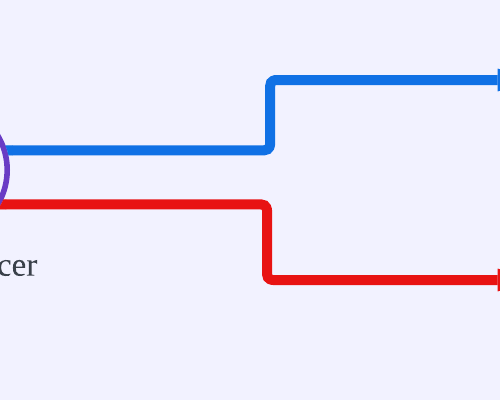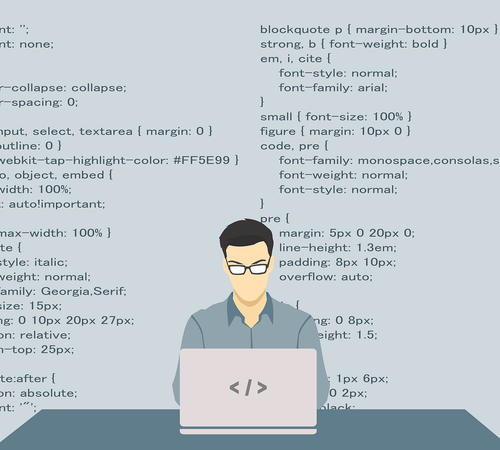Resolving Out of Stock Problems for Clothing and Fashion Dropshippers in the United States
How do dropshippers handle out of stock issues? Generally, not well.
In dropshipping, one of the most common customer frustrations is spending time searching for items, only to discover right before purchasing that they are actually out of stock.
Online dropshippers only carry suppliers’ brands, making it difficult to grow brand loyalty. The lack of devotion will result in a lack of motivation for shoppers to continue purchasing items after having a site negative experience.
National Dropshippers Complaints
Recent consumer research reveals that 60% of consumers will stop purchasing from a company after several bad experiences. 33% will walk away after just one.
When sourcing from a variety of third-party suppliers, retail fulfillment issues are bound to emerge. Inventory changes can be unpredictable for even the best clothing dropshippers. Item counts can fluctuate daily, leaving store owners in the dark until it is too late.
From a consumer perspective, receiving an out of stock message discourages them from continuing their purchasing journey. This hiccup will not encourage buyers to come back. It will encourage them to move on to a competitor’s site.
How can stores preserve their sales cycles when inventory issues arise?
By implementing hyper-personalized similar product recommendation technology.
Visual Search Tools
Fashion-specific image recognition tools allow online stores to easily implement Deep Learning-based AI technology on their websites. In other words, when out of stock issues emerge, visual search tools can automatically analyze a dropshipper’s inventory to recommend similar products available for purchase. The technology scans all items currently in stock and recognizes various product features, locating everything from a product’s color, shape, print details, and fabric.
These visual discovery solutions automatically list out the similarities between different product images. In seconds, consumers can receive suggestions that look exactly like the product they initially intended on buying.
Personalizing the Shopping Experience
Why exactly are these similar product suggestions so important for the customer journey? According to Forbes, implementing an AI-based recommendation engine helped Amazon offer personalized suggestions to customers that contributed to 35% of Amazon’s revenue.
At their core, dropshipping businesses are E-Commerce businesses. Therefore, the same strategies and tools that online giants like Amazon use can be applied on a smaller scale by these shops.
Specifically, the study found that these similar product recommendations performed significantly better than the standard “purchased along with” or “[customers] also viewed” product recommendation pages. The AI-based system encouraged consumers to move forward with their purchasing decision by providing hyper-personalized suggestions, identifying exactly what they were looking for, and preventing them from turning to a competitor in turn.
Creating a Recommendation Engine to Generate Shopper Loyalty
Not only can AI-based recommendation technology improve the sales cycles, but it can also help generate shopper loyalty.
According to Hubspot, 93% of buyers will continue to purchase products from a company that offers excellent customer service.
With many dropshippers just focused on turning a quick profit rather than establishing long-term revenue, customer service is an area that the community is lacking. This industry weakness provides a significant opportunity for businesses looking to operate in the long run. Implementing similar product recommendations and identification technology can set stores apart from the competition by generating an automatic, site-specific customer service experience like no other.
How to Become One of the Best Fashion Dropshippers
To further create a unique purchasing experience, businesses can also implement visual search capabilities directly on their websites. Doing so allows shoppers to upload pictures of outfits from their favorite influencers, pop culture icons, and more, providing automatic similar item matches based on the shop’s stock. The time shoppers typically spend searching for products will be virtually eliminated in turn. Hours spent sifting through items are now cut down to mere seconds.
Not only does this technology serve to solve the out of stock paradox, but it also provides an extra layer of value for buyers by significantly speeding up the sales cycle, delighting shoppers in turn. It’s simple: delighted customers will eventually become loyal customers.
As the number of dropshippers continues to rise, it is important to consider how emerging technologies can aid in eliminating consumer frustrations and creating additional levels of value. Failure to solve shopper pain points will quickly become a determining success factor as more and more dropshippers enter the market.






